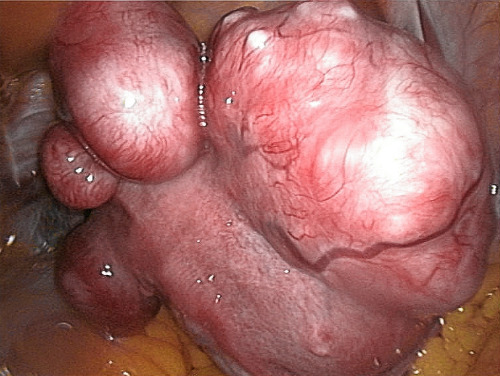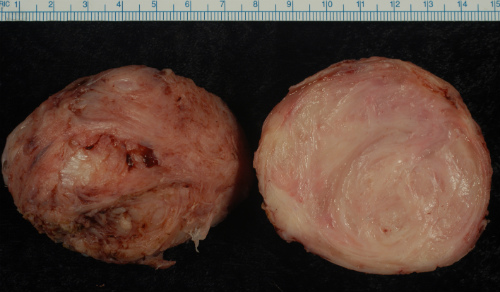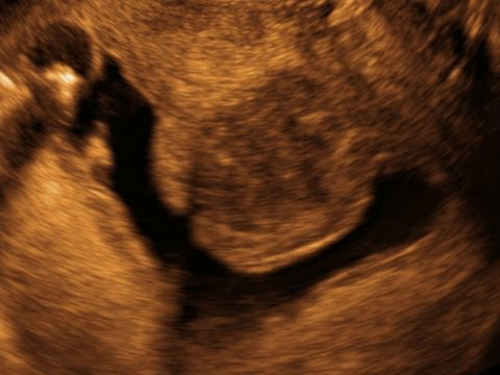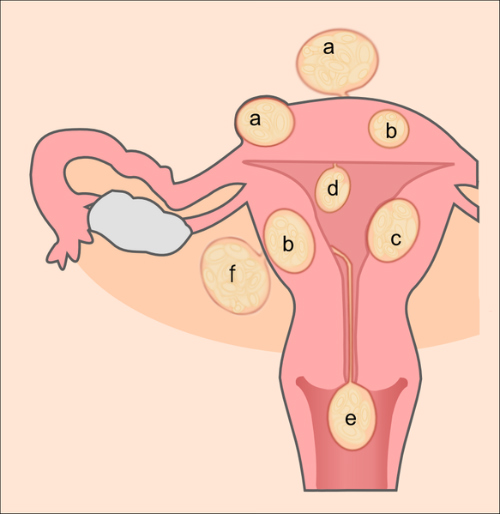- Minimally invasive techniques were associated with less blood loss, less need for blood transfusion, and shorter duration of hospital stay.
- Cochrane meta-analysis was inconclusive in regard to postoperative pain control, fertility, and pregnancy rates.
- Uterine myomas are relatively common in premenopausal women, presenting in approximately 200,000 American women per year.
- About 25% of myomas will require medical intervention.
- Myomas are the most frequently diagnosed tumor of the female pelvis and the most common reason for a woman to have a hysterectomy.
The laparoscopic approach to removal of uterine myomas (Figures 1 and 2) is superior in important respects to the robotic assisted approach. Minimally invasive techniques were associated with less blood loss, less need for blood transfusion, and shorter duration of hospital stay, according to a Cochrane systematic meta-analysis published recently in Archives of Gynecology and Obstetrics.

Overall, in this comparison of robotic assisted, laparoscopic, and open techniques, no significant difference was found among the groups. “Additionally, long-term outcomes still need to be clarified including pain control, fertility, and pregnancy rates postoperatively, as well as possible recurrence rates,” the reviewers noted in the article titled “Robotic Assisted vs Laparoscopic and/or Open Myomectomy: Systematic Review and Meta-Analysis of the Clinical Evidence.”

Uterine Myoma
Uterine myomas are relatively common in premenopausal women, presenting in approximately 200,000 American women per year. About 25% of myomas, which are benign growths, will cause symptoms that require medical intervention, according to UterineFibroids.org.
Uterine myomas (myoma uteri) are solid tumor composed of fibrous tissue. Myomas are often called a fibroid tumor. They are most often slow-growing and asymptomatic. Myomas that do not cause symptoms do not require treatment.(Figure 3.)


Myoma Symptoms
Symptoms of myoma include:
- Heavy and prolonged bleeding
- Pelvic pain or pressure
- Weight gain or an abnormally enlarged abdomen
- Pressure on the bladder or bowel
- Pain in the back of the legs
- Pain during sexual intercourse
The Analysis
The reviewers of the article in Archives of Gynecology and Obstetrics (n=2027) analyzed the PubMed, Scopus, and Cochrane databases and found 15 studies that met the inclusion criteria for the meta-analysis. Among the included trials, 8 compared robotic technique to laparoscopic, 9 compared an open/abdominal technique with the robotic technique.
In studies that compared robotic myomectomy and the open approach, the robotic technique showed a significant inferiority in operative time [84.85 min per operation (95 % confidence intervals (CI) 60.41-109.29)], but superiority in estimated blood loss [92.78 mL/operation (95 % CI 47.26-138.29)], the need for transfusion [981 patients; odd ratio (OR) 0.20; 95 % CI 0.09-0.43], total complications (1101 patients; OR 0.31; 95 % CI 0.11-0.87) and in the length of hospital stay [1.84 days/patient (95 % CI 1.40-2.29)] over the open myomectomy, the reviewers observed.
Conclusions
“Regarding the comparison between robotic assisted and laparoscopic technique, no significant difference was found between the two in comparison groups. Minimally invasive techniques have the advantage of less blood loss, less need for blood transfusion and less hospital stay. Additionally, long-term outcomes still need to be clarified including pain control, fertility and pregnancy rates postoperatively, as well as possible recurrence rates,” the reviewers concluded.
